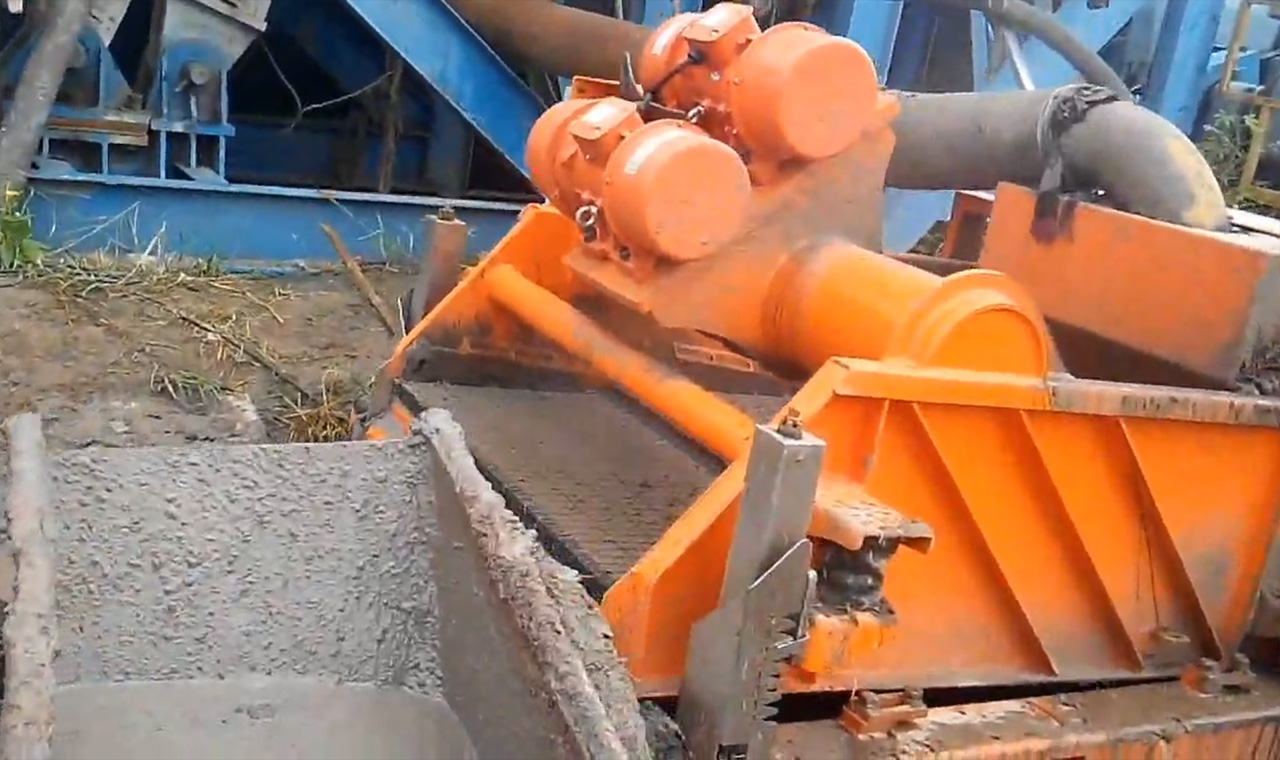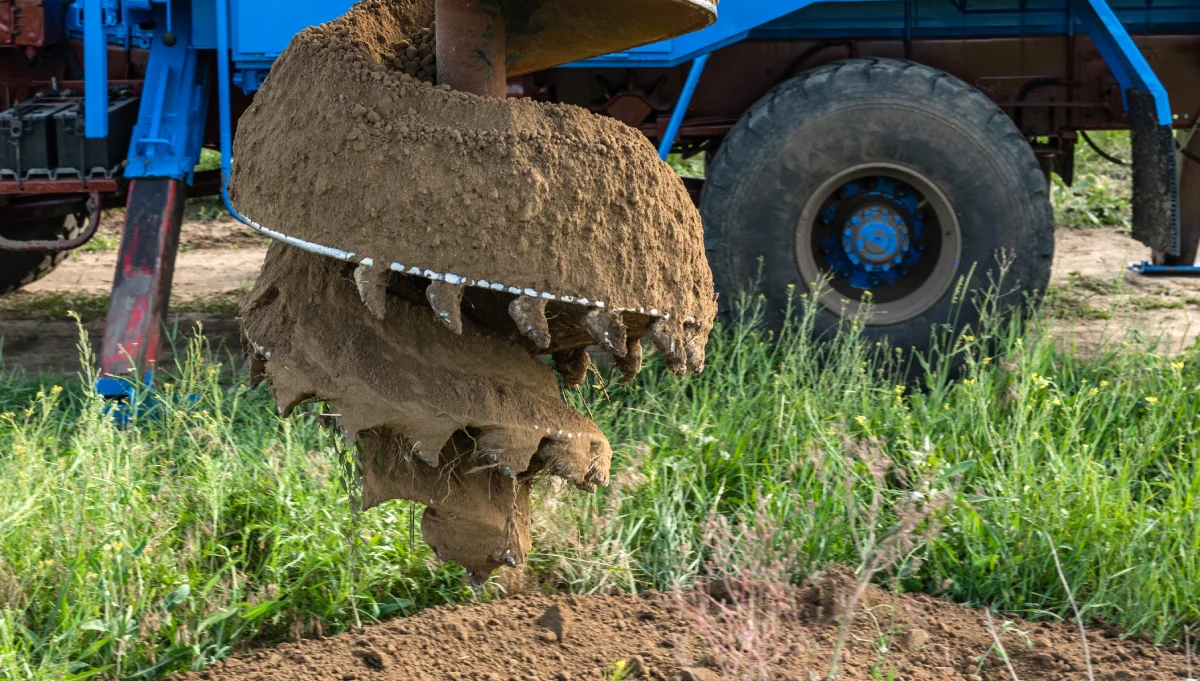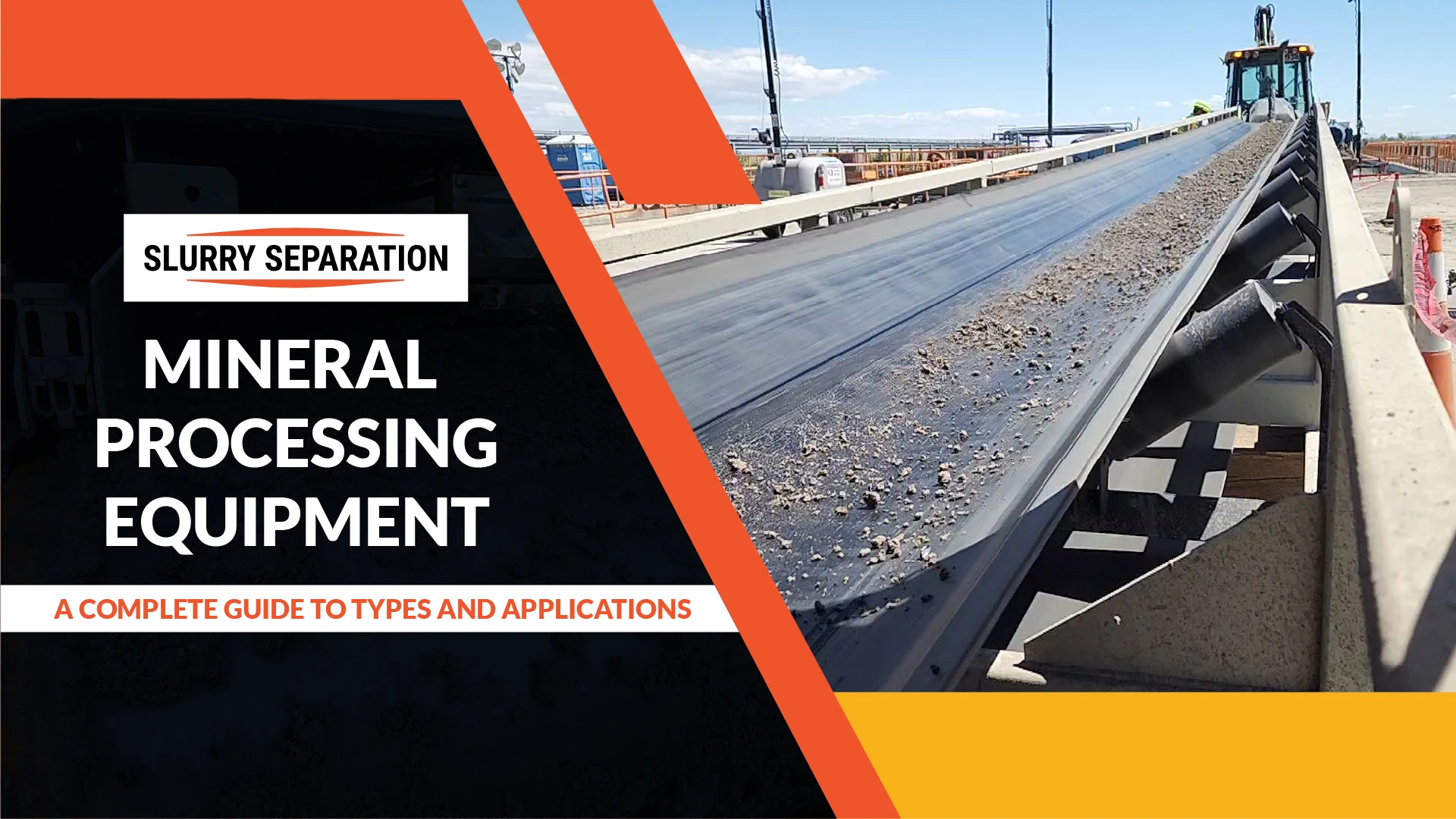In dredging operations, efficient solids control maximizes productivity, minimizes environmental impact, and ensures operational safety. Recent advancements in shale shaker technology have ushered in a new era of innovation, offering unprecedented capabilities in screen design, vibration control, automation, and data analytics. This article explores the latest developments in slurry separation technology and their profound implications for enhancing solids control efficiency in dredging operations.
Evolution of Screen Design
One of the most significant advancements in shale shaker technology is the evolution of screen design. Traditional wire mesh screens have given way to advanced composite screens with enhanced durability, reliability, and performance. These composite screens feature innovative materials and manufacturing techniques, such as polyurethane, composite frame construction, and layered mesh configurations. Introducing finer mesh sizes and improved screen tensioning systems has led to finer solids removal and increased cuttings recovery rates, thereby improving overall solids control efficiency in dredging operations.
Furthermore, the development of modular screen panels allows for easy replacement and customization, enabling operators to tailor screen configurations to specific dredging requirements. Additionally, advanced screen designs incorporate increased open area, reduced screen blinding, and improved solids conveyance, resulting in higher throughput capacities and reduced screen maintenance downtime.
Enhanced Vibration Control
Advancements in vibration control technology have revolutionized shale shaker performance in dredging operations. Modern shale shakers are equipped with sophisticated vibration mechanisms and control systems that optimize screen motion, amplitude, and frequency. By fine-tuning vibration parameters, operators can achieve optimal solids separation efficiency while minimizing screen wear and energy consumption.
Furthermore, the introduction of dual-motion shale shakers, combining linear and elliptical motion modes, offers enhanced versatility and efficiency in handling a wide range of dredged materials. These dual-motion shakers allow for greater flexibility in adapting to varying soil conditions and sediment characteristics, resulting in improved solids control performance and operational productivity.
Integration of Automation
Automation has emerged as a key enabler of efficiency and reliability in slurry separator (shale shaker) operations for dredging. Advanced control systems and software algorithms enable automated monitoring, adjustment, and optimization of shale shaker parameters in real-time. By leveraging sensor data and machine learning algorithms, automated shale shakers can detect changes in feed composition, screen condition, and operating conditions, allowing for adaptive control strategies to maximize solids control efficiency.
Moreover, integration with centralized monitoring and control platforms enables remote operation and condition-based maintenance, reducing the need for on-site personnel and enhancing overall system reliability. Automated slurry separators also facilitate data logging and performance analysis, providing valuable insights for process optimization, equipment diagnostics, and predictive maintenance planning. It is critical to note, however, that these automation features are far from inexpensive. Most operators with significant experience in the dredging arena tend to eschew many of these bells and whistles, as currently many of these features are quite pricey.
Data Analytics Implementation
The integration of data analytics capabilities into slurry separation systems has opened up new possibilities for improving solids control efficiency in dredging operations. By collecting, analyzing, and interpreting data from various sensors and monitoring devices, data analytics algorithms can identify trends, patterns, and anomalies in solids separation performance.
Furthermore, predictive analytics models can anticipate equipment failures, optimize maintenance schedules, and enhance operational decision-making. By harnessing the power of data analytics, dredging operators can gain deeper insights into their solids control processes, identify areas for improvement, and implement proactive measures to enhance efficiency, reliability, and safety.
Advances Have Major Implications for Dredging Operations
The recent advancements in slurry separator technology hold profound implications for dredging operations, offering unprecedented capabilities in solids control efficiency, reliability, and performance. By embracing innovative screen designs, vibration control mechanisms, automation, and data analytics, dredging operators can achieve higher cuttings recovery rates, reduced waste volumes, and improved environmental stewardship.
Furthermore, the integration of advanced shale shaker technology into dredging systems enables operators to optimize operational parameters, adapt to changing dredging conditions, and enhance overall project productivity. Ultimately, the evolution of shale shaker technology represents a paradigm shift in solids control practices, paving the way for more efficient, sustainable, and cost-effective dredging operations in the years to come.




